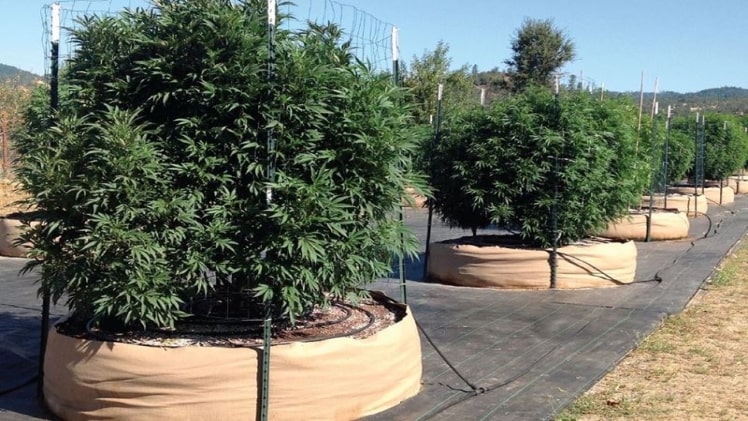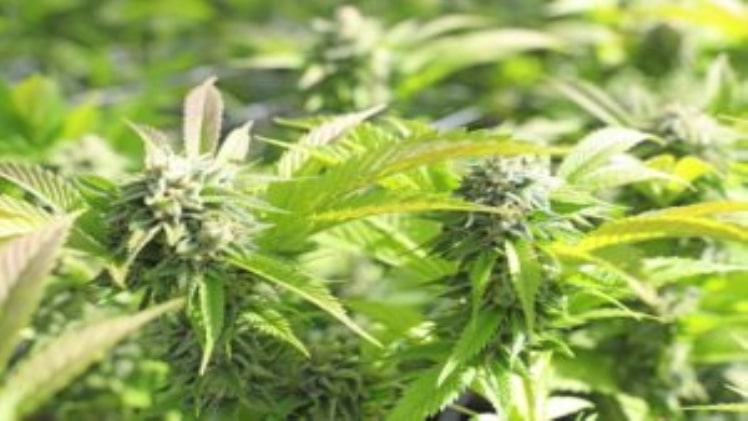
The Advantages
In addition to the natural experience of outdoor gardening, there are other benefits to growing your cannabis outdoors. It will cost less, your yield should be larger and better tasting, and your carbon footprint will be smaller.
Last word
After the harvest is completed, the good outdoor grower goes out into the site and does some cleanup and preparation for next year by removing old cannabis leaves that might encourage pests, pulling old root balls, and layering compost materials over the in-ground spots to mellow through the winter. The outdoor grow has one more advantage, and it only happens once a year. The outdoor grower, like any farmer, gets a winter break.Enjoy your movies and series totally free here Hdhub4u
Better Taste
Many people prefer the taste and effect of organically grown cannabis and insist they can easily differentiate between cannabis grown with soil and sun and cannabis produced with hydroponics and grow lights.
Materials and Expenses
Unlike an indoor grow, outdoor growing only requires a little electricity at the beginning and for a few months at the end of the cycle when the crop is hanging and drying. Little seedlings are generally started indoors, partly to get a jump on the growing season, partly because it is easier to monitor them closely when they’re handy, and partly to get them to a size where they are in less danger from natural predators like earwigs, pill bugs, slugs, and birds.More info about Weight Loss Hypnosis
The Grow Area Outdoors
Some outdoor growers fence their cannabis, while others hide it with camouflage plantings. Both of these systems have advantages and disadvantages. Fencing needs to be high and of stout materials. This can get expensive and can alert potential thieves that you have something of value enclosed. Using camouflage is generally less expensive but can cost you your crop if casual trespassers, wildlife, or livestock come across the crop and steal it or browse it to the ground.
Containers
The grower who decides to grow plants in the ground will still need containers, especially if you grow from seed and must wait for sexual determination by the plants. It is far easier to control the male plants and pollen if you can simply pick up a container and move them into a closed environment away from your females.
Water
The outdoor grower must determine how to get water to the plants. This is generally achieved by sections of hosing. If you are growing in your backyard, this can mean a simple garden hose or two.
Garden Tools
The outdoor grower’s most valuable tool is a stout and well-made garden fork. You will use it for aerating soil, digging, and turning compost. You will also need a good long-handled shovel, a wheelbarrow, and a compost screener. Less essential, but useful and good to have, is a composter, especially if you live in a more urban area. Although a well-made compost pile should never smell, an enclosed composter will keep your composting activities inoffensive to neighbors. This has a side benefit of making them less likely to come over to your garden uninvited, or to start peeking over the fence.More Movies Download from here Skymovieshd
Soil Amendments
Soil amendments are another expense factor. These include potting soils, composts, minerals, and soils by the yard. Depending on the overall size of your crop, soil amendments can cost anywhere from a few hundred to a thousand dollars. Remember, you will also have to use fuel and time to procure soil supplies, and large amounts will require using a truck.
Drying
Once you are drying the crop, consider the expense for a dedicated building or drying room, purchasing fans and dehumidifiers, and the accompanying electrical bills to power them. You will also need heavy-gauge wire and hardware to hang it, or racks for hanging the plants, as well as clean glass or plastic for storage after curing is completed.
Choosing the Right Strains
Cannabis breeders have spent years modifying plant characteristics to optimize quality and production. Information about their observation and genetic manipulation is available either through books or on the web, so learning where strains are typically grown can give you your first clue as to what might improve your growing success.Please Visit For Liver Health Formula
Last words
Due to the outdoor cycle’s long growing period and chances of rain soaking the plant near harvest time, a plant with a tree-like structure is more suited to an outdoor grow. Its air circulation is better than a super-bushy, dense structure that is more prone to molds if the leaves get wet. If you are acquiring cloned strains from an indoor grower, and they are commercially available as well, it is worthwhile to look up online to see how it performs outdoors. A clone raised outdoors may perform differently than its mother grown indoors.




